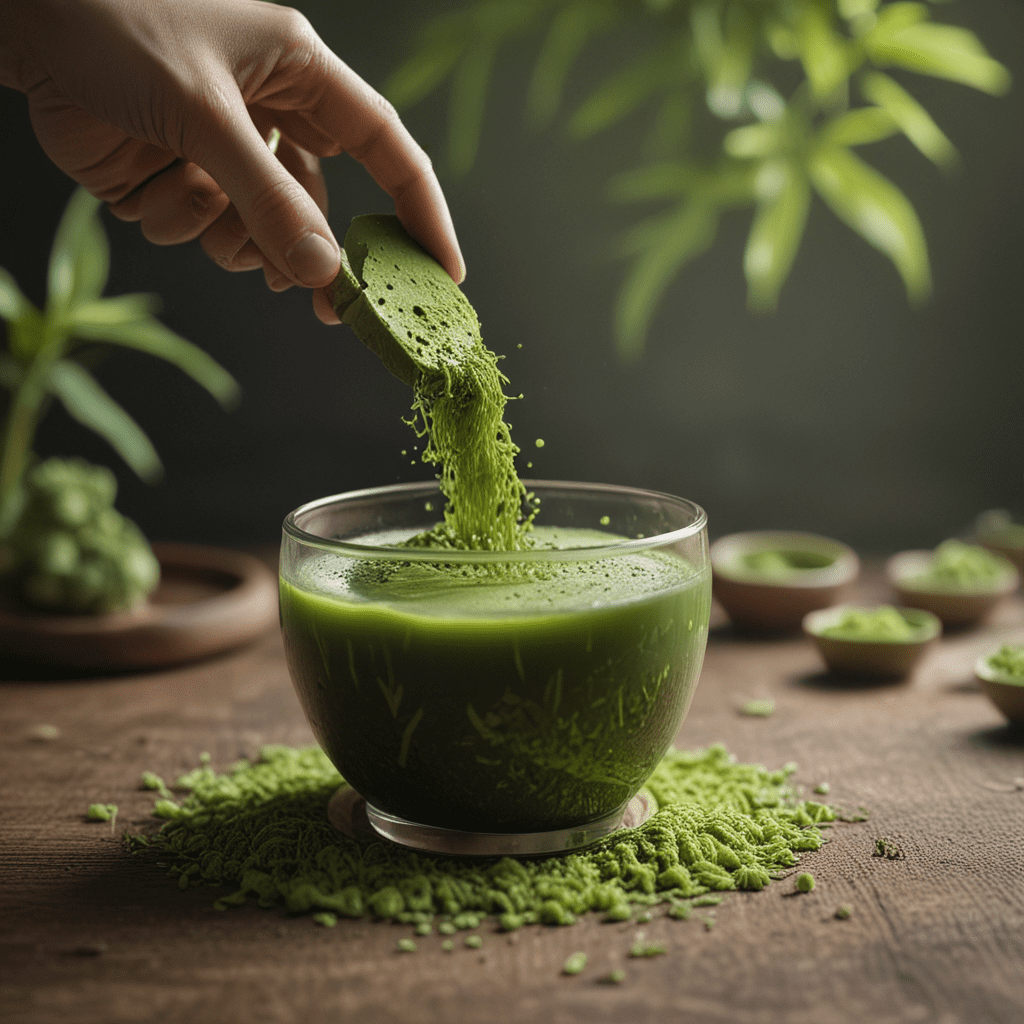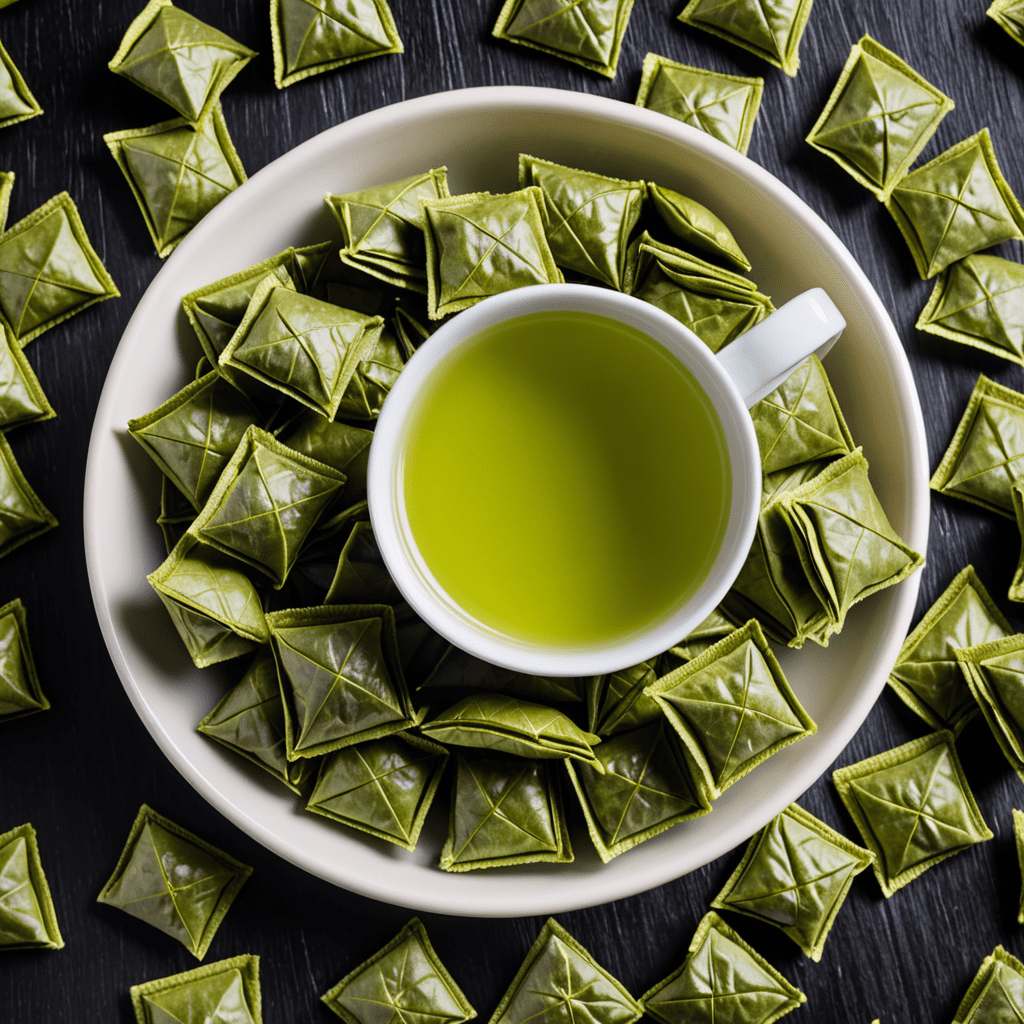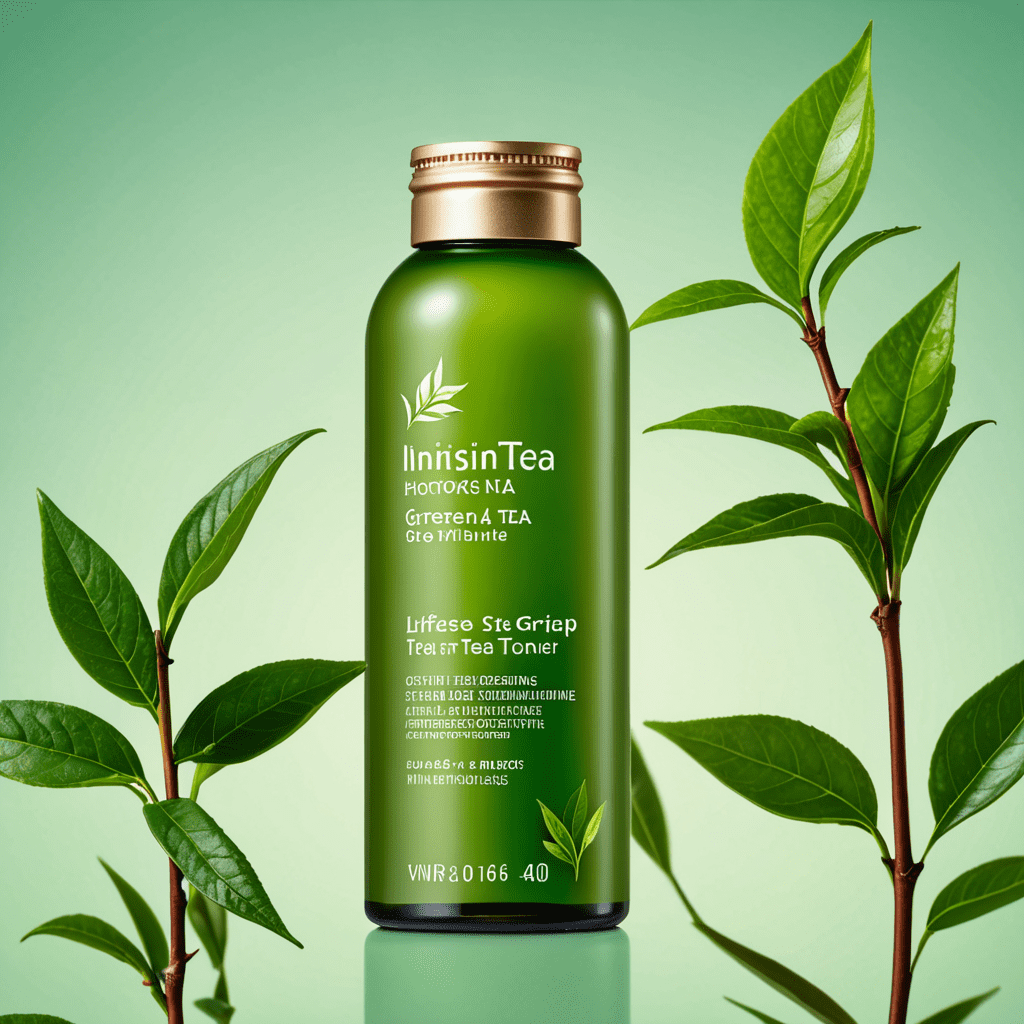The Origin and History of Matcha
Matcha, a vibrant emerald green tea powder, holds a rich history deeply rooted in Japanese tradition. Its origins can be traced back to the 12th century, during the Song Dynasty in China, when tea leaves were ground into a powder called "Tencha." This powdered tea was highly prized by Zen Buddhist monks, who incorporated it into their meditation rituals.
In the 16th century, the legendary tea master Sen no Rikyū introduced Matcha to Japan and established the Japanese tea ceremony, known as "chanoyu." Rikyū believed that Matcha represented the essence of Zen philosophy, emphasizing simplicity, harmony, and tranquility. From that moment, Matcha became an integral part of Japanese culture, revered for its unique taste, health benefits, and cultural significance.
Cultivating and Harvesting Matcha Tea Leaves
Producing Matcha requires meticulous care and attention to detail. Matcha tea plants are typically grown in the shade for several weeks before harvesting. This process, known as "shade-growing," reduces the amount of sunlight the leaves receive, promoting higher levels of chlorophyll and amino acids, which contribute to Matcha's distinctive flavor and nutritional profile.
Once the leaves have matured, they are carefully hand-picked during the first flush of spring. Only the finest and most tender leaves are selected, ensuring the highest quality for Matcha production. These young leaves are then steamed to prevent oxidation and preserve their vibrant color.
The Art of Stone Grinding Matcha
After harvesting, the leaves undergo a unique grinding process that transforms them into the fine powder known as Matcha. Traditional methods involve using granite stone mills to slowly grind the leaves over several hours. This slow and gentle process produces a finely milled powder that retains the delicate flavor and nutrients of the tea leaves.
Modern Matcha production often incorporates mechanized mills, but the principles remain the same. The leaves are ground at a low temperature to prevent the loss of volatile compounds and preserve the delicate flavors and aromas. The grinding time and temperature are carefully controlled to ensure the desired consistency and quality of the Matcha powder.
The Role of Shade-Grown Tea Plants
The shade-growing technique plays a crucial role in the development of Matcha's unique characteristics. By limiting the amount of sunlight the tea plants receive, the chlorophyll levels in the leaves increase significantly. Chlorophyll is responsible for the vibrant green color of Matcha and contributes to its high antioxidant content.
In addition, shade-grown tea plants produce higher levels of amino acids, particularly theanine. Theanine is known for its calming and relaxing properties, which contribute to Matcha's characteristic umami flavor and sense of well-being. The unique combination of chlorophyll and theanine gives Matcha its distinctive taste and health-promoting qualities.
6. Traditional Techniques for Processing Matcha
Traditional processing techniques are essential for preserving the delicate flavors and nutrients of Matcha. After grinding, the Matcha powder is sifted to remove any impurities or coarse particles. The sifted powder is then carefully stored in airtight containers to prevent exposure to light and moisture, which can degrade its quality.
7. Modern Innovations in Matcha Production
While traditional methods remain the cornerstone of Matcha production, modern innovations have also played a role in enhancing efficiency and quality control. Mechanized grinding mills, for example, have improved the consistency and speed of the grinding process. Additionally, quality control techniques, such as sensory evaluations and chemical analysis, ensure that Matcha meets the highest standards.
8. Quality Control and Authenticity in Matcha
Ensuring the quality and authenticity of Matcha is paramount. Reputable producers adhere to strict standards and certifications, such as organic certification and Japanese Agricultural Standards (JAS). These standards guarantee that Matcha is produced using traditional techniques, meets specific quality criteria, and is free from contaminants. Consumers should look for these certifications to ensure they are purchasing genuine and high-quality Matcha.
9. Ethical and Sustainable Practices in Matcha Farming
Sustainable farming practices are essential for the long-term preservation of Matcha production. Many Matcha farmers implement organic farming techniques, using natural fertilizers and pest control methods to protect the environment and maintain the health of the tea plants. Ethical practices also include fair labor conditions and support for local communities. By choosing ethically and sustainably produced Matcha, consumers contribute to the preservation of this traditional craft.
10. The Cultural Significance and Future of Matcha
Matcha has played a significant role in Japanese culture for centuries, embodying the principles of Zen and the Japanese tea ceremony. It continues to be revered as a symbol of tradition, harmony, and well-being. As the demand for Matcha grows globally, the future of this unique tea holds great promise. Continued innovation and research will likely lead to new applications and discoveries, ensuring that Matcha remains a cherished part of cultures around the world.
Frequently Asked Questions
What are the health benefits of Matcha?
Matcha is rich in antioxidants, including catechins and EGCG, which have been associated with improved heart health, reduced inflammation, and cancer prevention. It also contains L-theanine, an amino acid that promotes relaxation and focus.
How do I prepare Matcha?
Matcha can be prepared using a bamboo whisk and tea bowl. Add a half teaspoon of Matcha powder to a bowl, then whisk in hot water (around 170°F) until frothy. Adjust the amount of water to desired consistency.
How can I incorporate Matcha into my diet?
Matcha can be enjoyed as a traditional tea, added to smoothies or lattes, or used as an ingredient in baking or desserts. It is a versatile ingredient that adds a unique flavor and nutritional boost to various recipes.
Where can I purchase high-quality Matcha?
Look for reputable brands that provide certifications of quality and authenticity. Visit specialty tea shops or online retailers that offer a range of Matcha options to suit your preferences.



